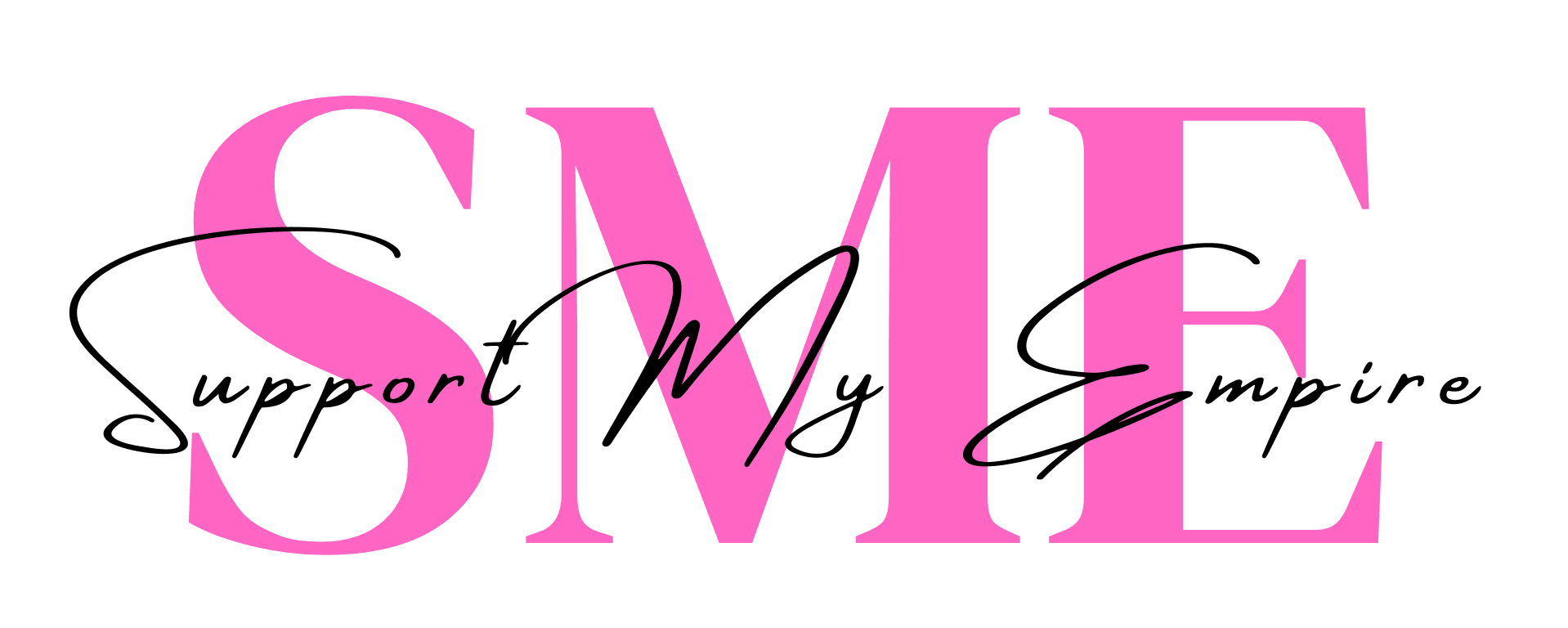Types of Licensing
Licensing is a strategic branding approach where companies partner with other businesses to expand their reach and boost revenue. There are two main types of licensing: In Licensing and Out Licensing.

In Licensing
In Licensing lets a brand owner allow others to use its brand on their products or services. This collaborative approach offers several key benefits for both the brand owner and the licensee.
1. Market Expansion
One of the primary advantages of In Licensing is its ability to facilitate market expansion. Partnering with other companies allows the brand owner to reach new regions, demographics, or distribution channels where they lack presence. This allows the brand to reach a broader audience and capture market share in previously untapped markets.
2. Revenue Generation
In Licensing also provides an opportunity for revenue generation without the need for significant capital investment. Rather than creating new products, the brand owner licenses its brand and earns royalties. This passive income stream can contribute to the brand’s overall profitability and financial sustainability.
3. Brand Equity Enhancement
Allowing others to use its brand helps the owner leverage existing equity to boost reputation and credibility. When consumers see the brand on reputable licensees’ products, it strengthens its value and builds positive associations. This, in turn, can strengthen customer loyalty and drive demand for the brand’s core offerings.
4. Strategic Partnerships
In Licensing often involves forming strategic partnerships with other businesses that have complementary capabilities or resources. These partnerships create synergies like new distribution channels, product development expertise, or shared marketing efforts. By aligning with like-minded companies, the brand owner can amplify its brand’s visibility and impact in the market.
5. Market Diversification
In Licensing helps brand owners expand territories, diversify products, or enter new industries. Licensing their brand to different sectors allows owners to tap into trends, meet consumer preferences, and adapt to market changes. This flexibility allows brands to remain agile and competitive in an ever-evolving marketplace.
In Licensing helps brand owners expand reach, boost revenue, strengthen equity, build partnerships, and diversify offerings. Leveraging licensing helps brands seize growth opportunities and stay relevant in today’s dynamic market.
Out Licensing
Out Licensing lets a brand owner allow other companies to use its brand on their products or services. Unlike In Licensing, where the brand owner licenses its brand to third parties, Out Licensing involves licensing out the brand to be used by other companies on their own products or services. This approach offers several key advantages for brand owners:
1. Capitalizing on Brand Strength
Out Licensing is particularly advantageous for companies with a well-established brand presence and strong brand equity. By allowing other companies to use their brand on their products or services, brand owners can capitalize on the recognition, trust, and loyalty associated with their brand. This can help drive demand for the licensed products or services and enhance the overall value of the brand.
2. Extending Product Offerings
Out Licensing enables brand owners to extend their product offerings without the costs and complexities of in-house development. By partnering with trusted licensees, brand owners can leverage their expertise and resources to bring new products or services to market more efficiently and cost-effectively. This allows brand owners to capitalize on market opportunities and meet the evolving needs of their customers.
3. Maintaining Brand Consistency
One of the key benefits of Out Licensing is that it allows brand owners to maintain brand consistency across their product range. By establishing clear guidelines and standards for licensees to follow, brand owners can ensure that their brand identity, values, and messaging are consistently represented in the licensed products or services. This helps reinforce the brand’s positioning and credibility in the marketplace.
4. Diversifying Product Range
Out Licensing enables brand owners to diversify their product range and reach new customer segments or markets. By licensing their brand to companies operating in different industries or sectors, brand owners can expand their reach and appeal to a broader audience. This diversification can help mitigate risks associated with market fluctuations or changes in consumer preferences, and provide new revenue streams for the brand.
5. Leveraging Partner Expertise
Out Licensing allows brand owners to leverage the expertise, resources, and market knowledge of their licensees. By partnering with trusted and reputable companies, brand owners can benefit from their industry insights, distribution networks, and marketing capabilities. This collaborative approach can help drive innovation, accelerate market penetration, and maximize the success of the licensed products or services.
Out Licensing offers a strategic approach for brand owners to leverage their brand strength, extend their product offerings, maintain brand consistency, diversify their product range, and leverage the expertise of their partners. By licensing out their brand, brand owners can unlock new opportunities for growth, innovation, and profitability in today’s competitive marketplace.
Best Practices for Sending Cease and Desist Letters
Sending a cease and desist letter is a crucial step in protecting trademark rights, but it requires careful consideration and adherence to best practices to ensure its effectiveness and avoid potential pitfalls. Here are some key best practices to follow:
Tips for Drafting an Effective and Legally Sound Cease and Desist Letter
When drafting a cease and desist letter, it’s essential to be clear, concise, and specific in outlining the allegations of trademark infringement and the desired actions from the recipient. Provide sufficient evidence and detail to support your claims, including specific examples of the infringing activities. Use professional language and avoid making unsubstantiated threats or inflammatory statements that could undermine the credibility of the letter.
Importance of Seeking Legal Advice Before Sending the Letter
Before sending a cease and desist letter, it’s highly advisable to seek guidance from a qualified attorney experienced in trademark law. Legal counsel can help assess the strength of your case, ensure that the letter complies with all legal requirements, and advise on the most appropriate course of action. Consulting with an attorney can also help you anticipate potential responses from the recipient and strategize accordingly.
Considerations for Maintaining Professionalism and Avoiding Escalation
Maintaining professionalism throughout the cease and desist process is essential to achieving a favorable outcome and minimizing the risk of escalation. Avoid using aggressive or confrontational language in the letter, as this can provoke a defensive response from the recipient and escalate the situation unnecessarily. Instead, adopt a respectful and professional tone, focusing on the facts of the case and the legal basis for your claims. Be open to communication and negotiation with the recipient, as resolving the dispute amicably can often be in the best interests of both parties.
By following these best practices, trademark owners can increase the likelihood of a positive outcome when sending cease and desist letters, protecting their rights while also maintaining professionalism and avoiding unnecessary conflict.
Both In Licensing and Out Licensing are powerful tools for brand expansion and revenue generation. Whether you’re looking to enter new markets or broaden your product range, licensing offers a flexible and cost-effective solution. By strategically leveraging your brand through licensing partnerships, you can unlock new opportunities for growth and cement your brand’s position in the market.
Grow Your Retail Empire with Proven, Scalable Strategies
Discover three ways to elevate your business—choose the path that suits your goals best.
We’ll do the heavy lifting so you can focus on running your business.
You won’t be doing this alone; we’ll walk you through every step.
No Burpees, Just Flexing! Weekly Workouts for a Stronger Bottom Line.
The Retail Gym Your Weekly Business Workout
No sweat, just success! The Retail Gym is your weekly business workout designed to help you lift your retail strategies, tone your sales skills, and flex your competitive edge—without a single burpee.



